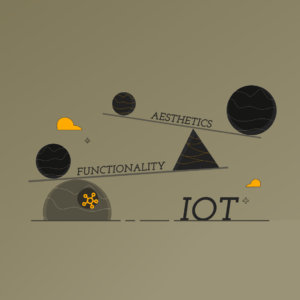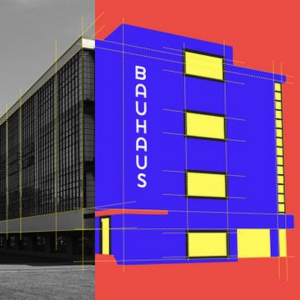In the world of startups, it’s easy to get caught up in the desire to build a successful company or product that generates revenue. However, this obsession with profit can often lead founders to approach product development from the wrong angle. Rather than starting with a problem and seeking a solution, many startups simply want to build something and then find a problem to solve.
“To build products that consumers fall in love with, it’s important to fall in love with the problem first. This enables you to build empathy with the users and find a lot more product success.”
When you focus on building features that address real problems rather than just flashy or attention-grabbing additions, you create products that people truly love. Empathy is the key to this process. When you understand the deeper emotions and practical issues that your product solves, you can create benefits that truly resonate with users. This means being embedded in the problem yourself and experiencing it as an end user. Many tech companies have never even used their own products, which makes it difficult to develop empathy and truly understand the user’s perspective.
These are the thoughts of our podcast guest Tim Rosenberg who is a senior designer for TEK systems at Meta. Read on to learn more of Tim’s interesting views on prioritization in UX, the metaverse, blockchain, and more.
Working for Meta as a UX Designer
Starting his career with small companies, Tim learned about the importance of considering accessibility, diversity, and inclusion in UX design. At small stages, these complexities might be considered edge cases and ignored.
However, working on a product like Facebook taught him that there are no more edge cases when it comes to designing for a global population. Even small nuances like the meaning of “friend” in different languages can have a tremendous impact. It’s crucial to prioritize accessibility and design for different cultures, languages, and technology, including slow internet connections and affordability. The scale of impact and inclusion is enormous when you’re designing for a global audience.
Prioritization in UX
Prioritization is crucial in UX design, but it’s also one of the most challenging aspects. One of the main factors to consider is cognitive load.
“If everything’s important, then really, nothing’s important”
Tim explains — for instance, when I got my Oculus over the weekend, the onboarding experience was excellent because it only required the minimum necessary to get the most value from my first experience. Later on, it suggested additional features and setup options.
This approach makes sense because overwhelming users with too much information at once can cause cognitive overload. However, prioritizing UX design can be difficult for startup founders and tech companies. They often struggle to determine what’s most important to reduce cognitive load. It’s essential to consider the user’s needs and preferences and to provide additional features and information gradually without overwhelming them.
VR and the Future of UX Design
The pandemic has made it clear that humans crave engagement and proximity with one another, but being in person all the time isn’t always possible. As we become more connected, the need for somewhat impersonal experiences increases. That’s where the future of VR comes in. The metaverse is the next frontier of UX design, and it presents unique challenges. UX designers must apply their skills in four dimensions, considering factors like depth, space, duration, and time.
“I think augmented reality is really useful for information layering, so if you are in a new city, you can put on the augmented reality glasses, look at different restaurants with it, and identify maybe some friends nearby. In this way, it can add a layer to your world.”
While VR will facilitate new types of interactions, we shouldn’t forget the importance of real-life, in-person engagement. VR can bridge the gap, but it can’t replace the magic of being together.
Blockchain & Web 3.0
Blockchain has incredible potential to solve real-world problems beyond the current trend of buying million-dollar JPEGs. Identity verification and digitized passports, for example, are practical use cases that can be enabled by blockchain technology.
By using blockchain or NFTs for licenses, for instance, one can create a serialized entity that cannot be duplicated or used to assume false identities. Additionally, blockchain can be used for accountability, particularly in the car market, where the history of a car can be tracked and made accessible to anyone with a private key. These are just some of the ways in which blockchain can solve practical problems and create more accountability.
Final Thoughts
This insightful and fun conversation with Tim touched upon many intriguing topics ranging from product design, blockchain, metaverse, the latest Spiderman movie (listen up Marvel fans!) and ultimately led to valuable career advice. Regardless of seniority, the insights shared are beneficial for all.
Listen to the full podcast episode here:
UX for Web 3.0 and the Metaverse- Tim Rosenberg, Meta
Follow our podcast UX Banter on Spotify and stay tuned for more such inspiring and insightful conversations with UX industry experts.



















